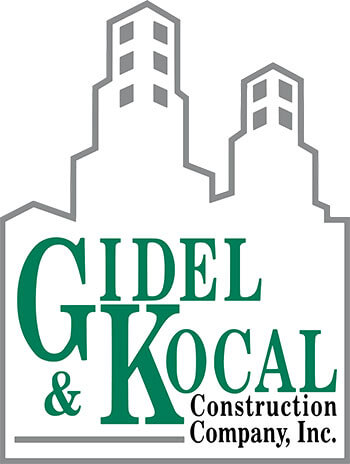When embarking on a commercial construction project, the first thing to be interested in is how actions will be executed. The next thing to consider is how well they will be done. Quality Assurance and Quality Control (QA and QC) in construction are part of the overall quality management system. While both deal with the quality of actions and deliverables, the two terms are not synonymous with one another.
Quality Assurance (QA) in Construction
Known as the proactive component of the quality management system, Quality Assurance (QA) is all about setting up a quality management plan. QA programs work directly with the project management team and individual construction personnel (subcontractors included) to make sure they are following previously laid out design instructions.

QA in construction puts in place strategies and standards that must be followed. During the QA portion, the project team provides information about the project schedule, the budget, and the owner’s requirements. This information will later be used during QC where the project team will take action and make changes as they are needed.
Checklists and inspections are critical components of QA in construction. Elements such as Pre-Pour, Frame, Pre-Drywall, and Final Delivery must be checked off for QC to initiate. QA requires strategy, process, planning, and meticulous organization. In practice, this looks like:
- Reviewing historical data
- Identifying areas for improvement
- Communicating updated policies and procedures to employees
- Monitoring progress
This is about establishing a system to understand what needs to be done and how it will be executed. QC is about executing that system.
Quality Control (QC) in Construction
The role of Quality Control (QC) in construction is to ensure quality and verify that the plans go into effect as intended. While QA is about establishing the system, QC is about putting that system into action. Many refer to QC as a subset of QA, which makes sense because QC could not exist without QA.
If QA is mostly about planning, QC is largely about doing. This part of the quality management system ensures that material installation and activity completion adhere to both the builder’s and owner’s expectations. QC also implements corrective actions to remedy standards that haven’t been met. These actions occur on the jobsite under the guidance of field supervisors, contractors, and quality managers.
Monitoring a project’s activities to make sure they remain consistent with design, safety, and quality standards defines QC, as does inspection and the final approval of project deliverables. Quality Control implements the checklists that were previously established during the QA process. A QC checklist might look like the following:
QC Checklist
- What area and scope is being inspected?
- Have all relevant submittals been approved?
- If not, which ones are outstanding?
- Is the work complete?
- Does the work meet previously specified standards and specs?
- If not, what part is lacking?
- Do any defects exist within the install?
- Has the work been inspected?
- If not, what is the inspection schedule?
- Has scope of work passed this Quality Control Inspection?
This component also involves taking jobsite photos and videos for documentation and improving overall communication.
The Collaborative Process
Synergy between QA and QC in construction is crucial, as both help keep projects on budget, on schedule, and make sure everything meets clients’ expectations. Although QA is more of an umbrella term used to refer to most components within the quality management system, the truth is that the two need each other to successfully execute a commercial construction project.
Real-World Applications of QA and QC in Construction Projects
The series of checklists and inspections that are set at critical stages within a construction project schedule set up the framework for its successful completion. When boiled down to their most basic form, the meaning of QA/QC can be simplified into “plan and implement.” A real-life example of what QA and QC are in construction may exist in the following scenario. Prior to a framing crew starting their work, the team must review the plans. This is done to avoid making a recurring mistake. The review is an example of QA. Then comes QC; before the team leaves the jobsite, the project leader will refer to a checklist to ensure that all items have been marked complete. These items might include:
- Auditing suppliers
- Batch sampling raw materials
- Check for callbacks
- Final framing inspection
- …and more
Gidel & Kocal Construction’s Approach to QA and QC
The team at Gidel & Kocal Construction is extremely process-oriented, which is why our projects consistently get executed on time and on budget. We implement Quality Assurance and Quality Control measures to ensure that we deliver on our promises. While there are several nuances between the two, QA and QC in construction are distinct. QA is all about determining a process that will help teams deliver a quality product and QC is where you carry out that plan.
To learn more about our approach to commercial construction in the San Francisco Bay Area and see QA/QC in real time, we encourage you to contact us today.
